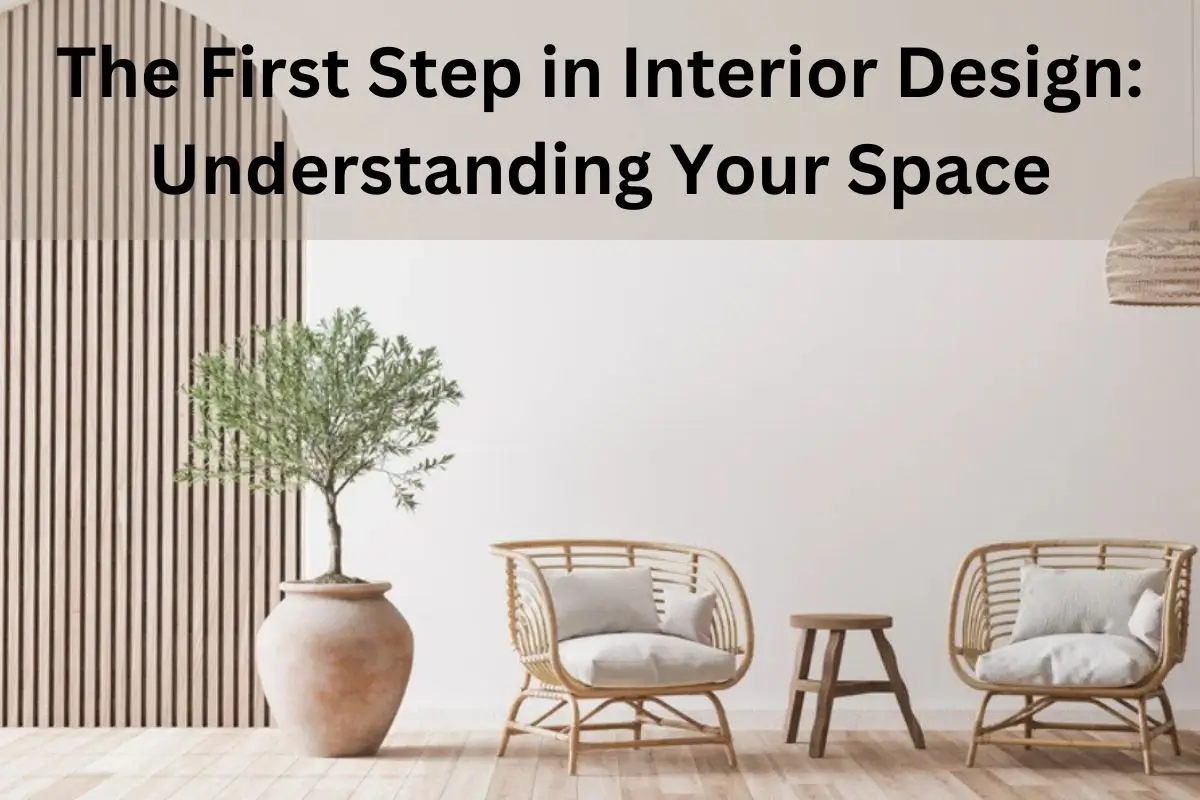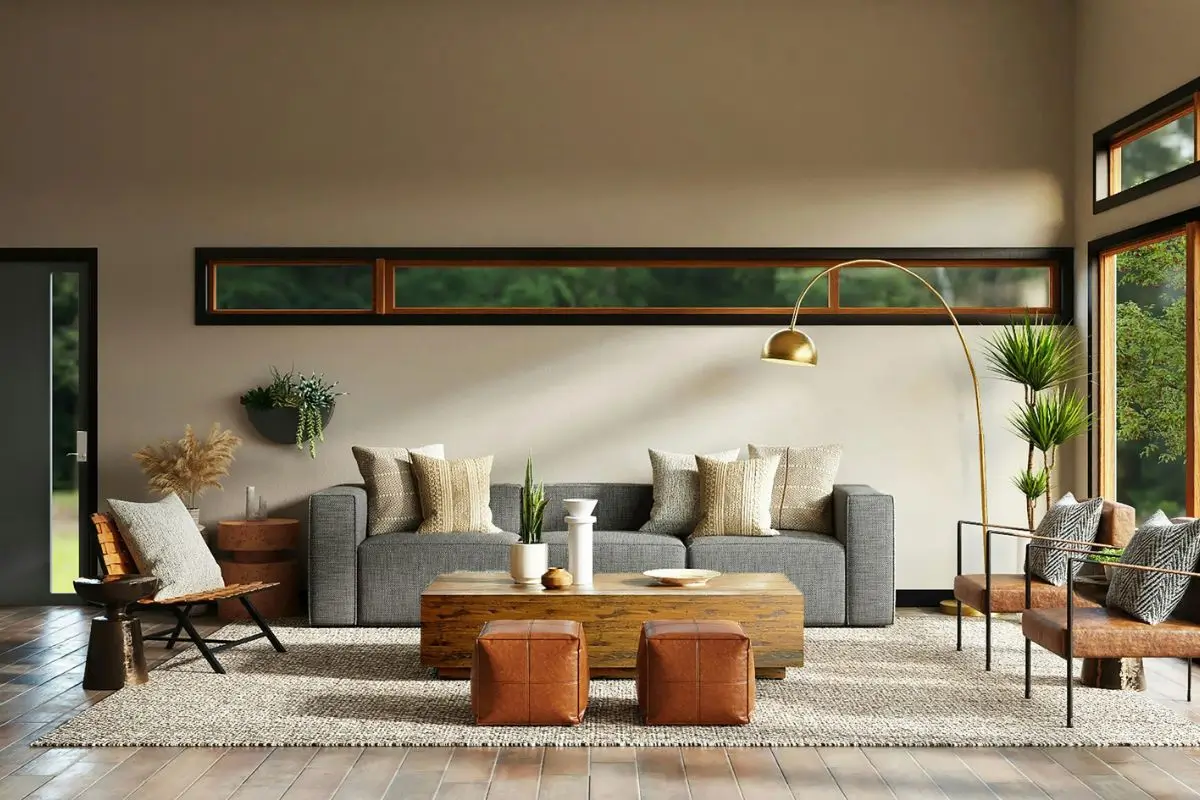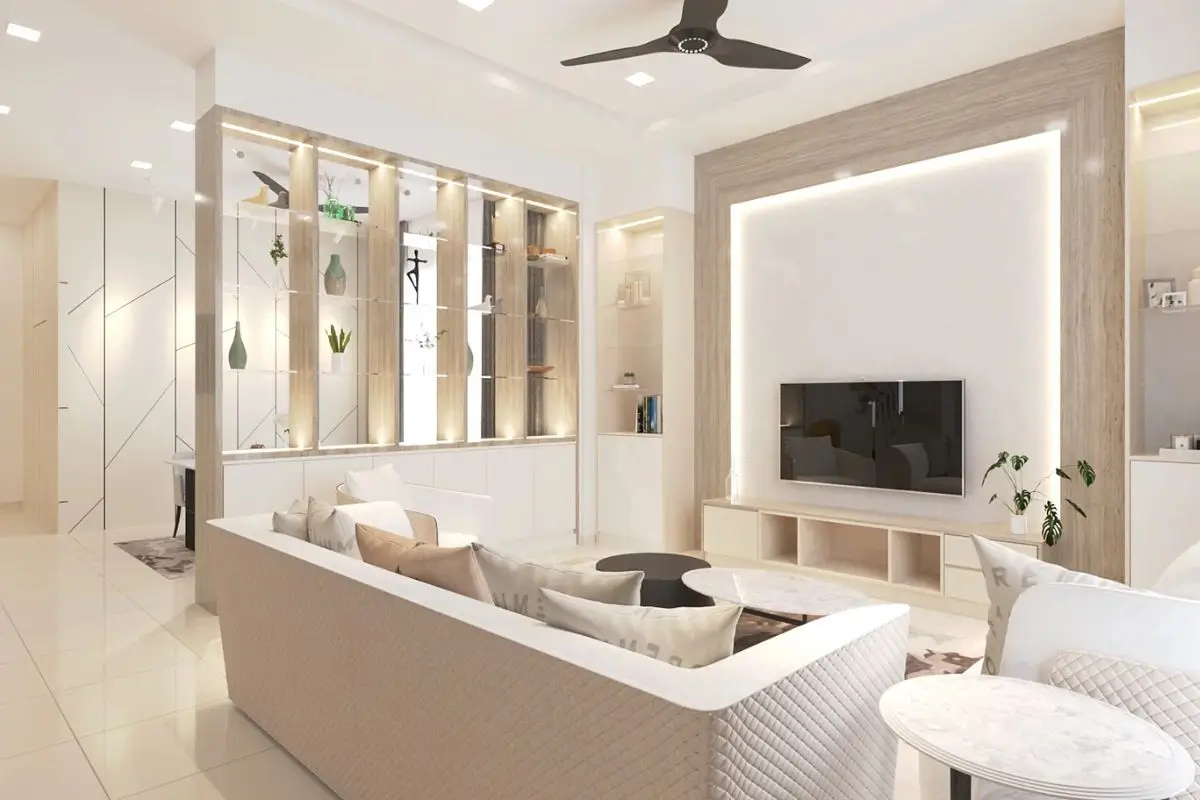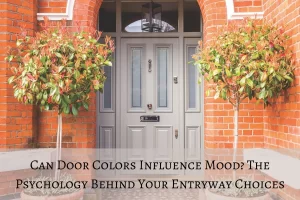Interior design is more than just choosing pretty colors and trendy furniture; it starts with a thorough understanding of your space. Evaluating your surroundings is crucial for creating a functional and aesthetically pleasing environment. This guide explores essential factors to consider when assessing your space, ensuring that your design choices reflect your needs and style.
The Foundation of Great Design: Why Space Evaluation Matters
Understanding your space is the bedrock of effective interior design. Analyzing the layout and dimensions allows you to identify opportunities and challenges within the environment. A well-evaluated space helps streamline the design process, ensuring that choices align with your goals. By taking the time to assess your surroundings, you can make informed decisions that enhance both function and aesthetics. This initial step sets the tone for the entire design project, ensuring that every element contributes to a cohesive and harmonious outcome.
Precision is Key: Mastering Measurements
Accurate measurements are essential in interior design. Start by measuring the length, width, and height of each room, noting any architectural features like windows, doors, and built-in elements. Use a measuring tape and create a scaled floor plan to visualize the layout. This process helps determine how much furniture will fit comfortably and ensures that proportions are harmonious. Understanding ceiling height is vital for selecting appropriate lighting fixtures and window treatments. Accurate measurements will prevent costly mistakes and make the design process more efficient.
Defining Purpose: Unleashing the Potential of Each Room
Defining the purpose of each space is crucial for successful interior design. Consider how you intend to use the room—whether for relaxation, work, or entertainment. This understanding influences your design choices, including furniture selection, layout, and color schemes. For example, a living room designed for family gatherings might require comfortable seating and an open layout, while a home office needs a functional workspace. By clarifying the function of each area, you can create a design that meets your specific needs and enhances your daily life.
Let the Light In: Harnessing Natural Illumination
Natural light plays a significant role in interior design. Assessing how light enters your space helps inform color choices, furniture placement, and overall ambiance. Take note of which areas receive direct sunlight and at what times throughout the day. Consider using lighter colors in rooms with limited light to create an illusion of openness. Additionally, think about how window treatments can enhance or obstruct natural light. By understanding your space’s lighting conditions, you can create a more inviting and visually appealing environment that supports your lifestyle.
Flow is Everything: Optimizing Traffic Patterns
Analyzing traffic flow is essential for creating functional spaces. Evaluate how people move through each room and identify any potential obstacles. Ensure that pathways are clear and intuitive, allowing for easy movement between areas. Consider the placement of furniture to avoid crowding and create open spaces for circulation. Proper traffic flow enhances comfort and usability, making the environment more enjoyable. By understanding how occupants will navigate the space, you can design a layout that fosters connection and facilitates daily activities seamlessly.
Embrace What You Have: Incorporating Existing Elements
Incorporating existing elements into your design can add character and authenticity to your space. Assess the condition and suitability of current furniture, fixtures, and architectural features. Determine which items can be reused, repurposed, or updated to fit your new design vision. Existing elements can serve as focal points or inspiration for your overall theme. For instance, a vintage piece might influence your color palette or style choices. By valuing what you already have, you can create a cohesive design while minimizing waste and expenses.
Discover Your Style: Uncovering Personal Aesthetics
Understanding your personal style is vital in interior design. Reflect on your preferences and inspirations, whether they lean toward modern, traditional, eclectic, or minimalistic. Creating a mood board or collecting images from magazines and online platforms can help clarify your vision. This exercise allows you to identify color schemes, textures, and design elements that resonate with you. By defining your style early in the process, you can make more informed choices that reflect your personality and create a cohesive aesthetic throughout your space.
Strategic Layout: Crafting a Functional Arrangement
Planning a functional layout is crucial for maximizing the potential of your space. Consider how the arrangement of furniture impacts usability and flow. Different layout strategies can be employed, such as open concepts for socializing or segmented spaces for privacy. Use your understanding of each room’s purpose and traffic patterns to determine the best configuration. Visualize furniture placement and consider scale to ensure balance. A well-thought-out layout enhances functionality, allowing each area to serve its intended purpose effectively.
Budgeting for Success: Establishing a Realistic Plan
Establishing a budget is a critical step in the interior design process. Understanding your space allows you to prioritize spending based on what elements are most needed. Consider allocating funds for essential items first, such as furniture and lighting, before investing in decorative elements. Additionally, being mindful of existing features can save costs by reducing the need for significant renovations. A clear budget provides a framework for decision-making, ensuring you stay within financial limits while achieving a beautiful and functional design.
Conclusion
Understanding your space is the cornerstone of successful interior design. By evaluating measurements, purpose, light, traffic flow, and existing elements, you can create a thoughtful and functional environment. Defining your style preferences and planning a budget will further enhance your design process. Taking these essential steps sets the stage for a cohesive and beautiful space that reflects your personality and meets your needs. Start your interior design journey by understanding your space, and enjoy the rewarding transformation it brings.







